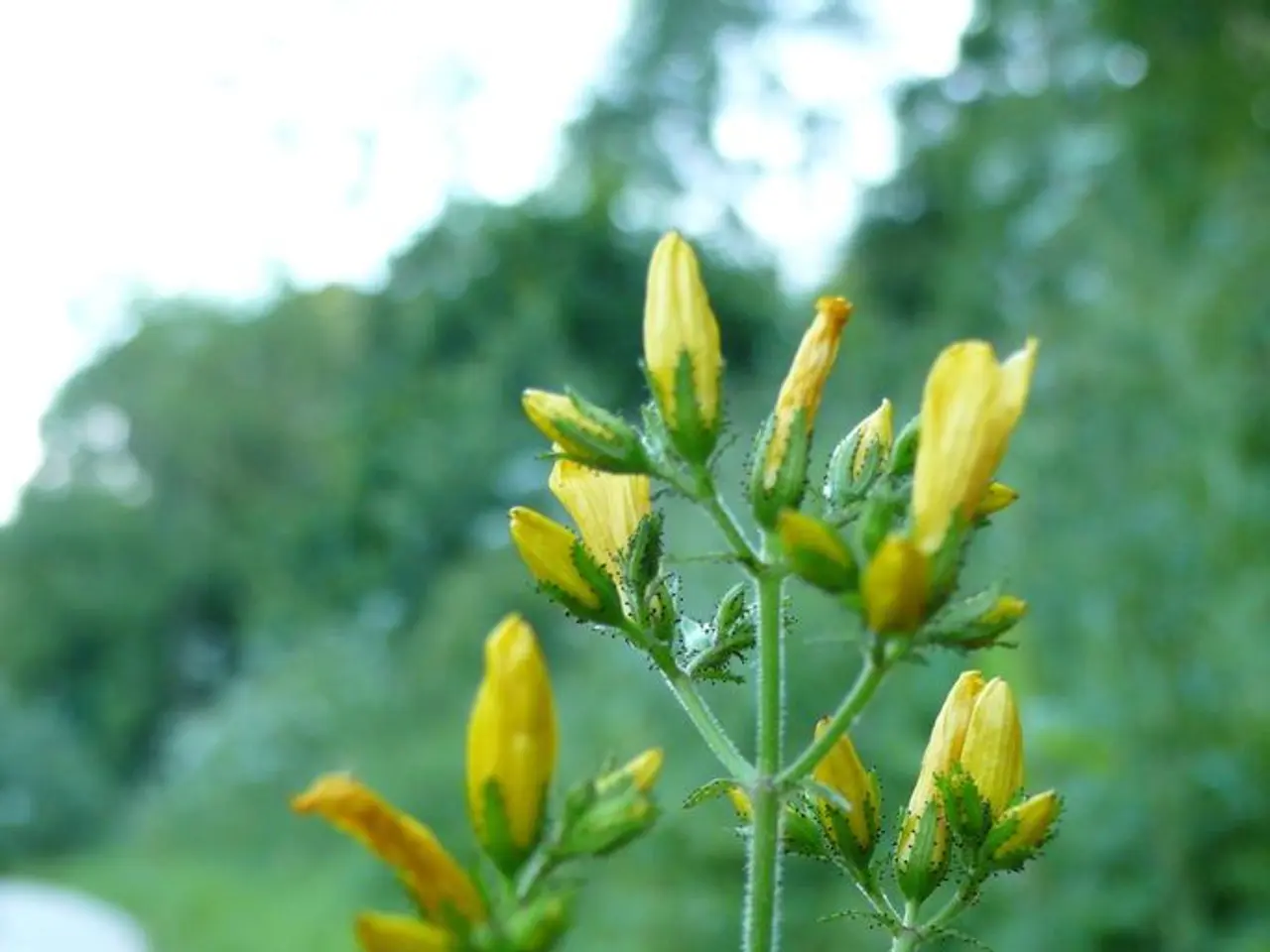Nurturing Bulbs Post-Flowering: A Guide
In the heart of spring, as the first signs of the growing season emerge, the sight of vibrant bulbs such as crocuses, daffodils, tulips, and alliums is a delightful spectacle. Here's a comprehensive guide on how to care for these spring bloomers and keep your garden a riot of colour throughout the season.
When the flowers of your bulb plants have faded, it's the perfect time to transplant them to a new location. This way, you know exactly where they are, making the process easier. Simply dig around the clump, scoop up the entire clump gently, and plant them as soon as possible for best results. If the leaves are still green, leave them to continue gathering energy from the sun.
Interplanting bulbs with perennial plants that grow leafy foliage quickly after blooming can help camouflage the leaves of dying bulb plants. Good candidates for this practice include garden peonies, daylilies, salvia, lupines, hosta, coral bells, sedum, ornamental grasses, creeping phlox, dianthus, and candytuft.
However, cutting back the leaves of these early spring bloomers should generally be avoided. The foliage of cut bulb plants can be added to the compost pile. Leaving the foliage in place is important for the bulb to gather enough energy for the flowers and foliage for next season.
Each bulb plant declines at a different rate. For instance, daffodils may decline quickly, while others may linger. To ensure a continuous display of colour, select plants that bloom at different times in the season.
Some gardeners tie up the foliage, bend over the foliage, braid them, or tuck the foliage under nearby plants. While this advice is controversial, it can help manage the space in your garden.
Dividing bulb plants is never necessary but can be helpful in rejuvenating the plant, such as when daffodils' flowers get smaller over the years. When dividing bulbs, pull apart the bulbs that separate easily and plant them in clumps or separately depending on space.
Grape hyacinths should be deadheaded right after bloom as they do not need seeds and setting these seeds depletes their energy. Faded tulip blooms should be snipped as soon as possible to prevent the plant from exerting too much energy to create seeds. Deadheading spent flowers is recommended to remove the seed pot and allow the bulb to focus its energy into producing a flower for next season.
Dividing should be done as the foliage begins to die but is still visible, and can be completed once every 3 to 5 years if needed. Cutting back the foliage of bulb plants should generally be avoided until it has completely yellowed or died back, usually 6-8 weeks after bloom.
Spring displays of bulbs are one of the earliest signs of the upcoming growing season. By following these simple tips, you can ensure a beautiful and vibrant spring garden that will bring joy to you and your neighbours.
Read also:
- Exploring the Digestive Benefits of Fermented Foods
- Senator Rasha Kelej welcomed Maldives First Lady at the seventh installment of the Merck Foundation's First Ladies Initiative Summit to discuss collaborative healthcare programs.
- Quarterly Review of the Biotechnology and Pharmaceutical Industries: A Look Back at Q2 2025
- Summer Fruit Stars of 2025: Blueberries, Tomatoes, and Cherries Lead the Charge




